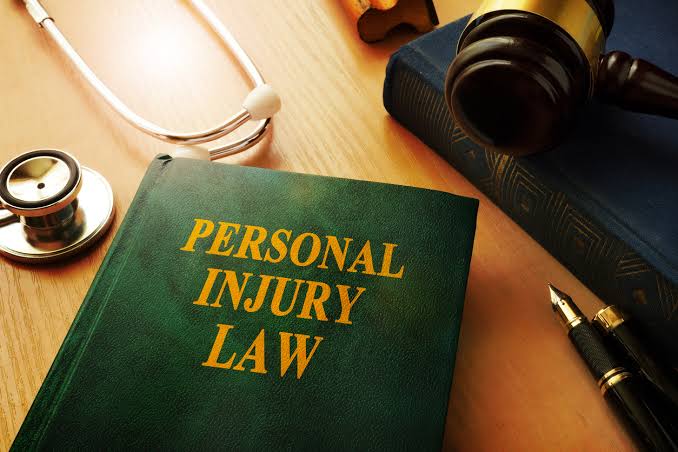
When pursuing a personal injury case, one of the crucial aspects is proving liability which is the legal responsibility of the at-fault party for your injuries and damages. Establishing liability requires a comprehensive understanding of the factors involved and presenting convincing evidence to support your claim.
In such cases, it will be ideal for you to understand the key factors you should consider when proving liability in a personal injury case. By understanding these factors, you can build a compelling argument to hold the responsible party accountable and seek the compensation you deserve. Hiring a local attorney can also increase your chances of proving liability in personal injury cases.
Top factors you must consider when proving liability in personal injury cases:
1. Duty of care
Proving duty of care is essential in a personal injury case. It involves demonstrating that the defendant had a legal obligation to act reasonably and responsibly to prevent harm to others. This duty can vary depending on the specific circumstances, such as a doctor-patient relationship or a driver’s responsibility to follow traffic laws. Establishing a duty of care sets the foundation for showing that the defendant breached their obligation, leading to your injury, and should be held liable.
2. Breach of duty
Proving a breach of duty is crucial to establishing liability in a personal injury case. It requires demonstrating that the defendant failed to uphold their duty of care by acting negligently, recklessly, or violating applicable standards. It can include ignoring safety protocols, failing to maintain premises, or engaging in negligent behavior. By proving a breach of duty, you can show that the defendant’s actions or inactions directly contributed to your injuries, strengthening your compensation case.
3. Negligence
Negligence is a critical element in proving liability in a personal injury case. It involves demonstrating that the defendant’s breach of duty caused your injuries. It requires establishing that the defendant’s actions or lack thereof fell below the reasonable standard of care, leading to foreseeable harm. Demonstrating negligence can show the link between the defendant’s wrongful conduct and the injuries you suffered, strengthening your case for holding them accountable.
4. Comparative negligence
In some cases, both parties may share some degree of fault for the injury. Comparative negligence is the legal principle that assesses each party’s level of responsibility and proportionally reduces the damages awarded accordingly. It is essential to consider if your actions contributed to the accident and evaluate how it may affect the overall liability determination. Understanding comparative negligence can help you anticipate potential challenges and navigate the legal process more effectively.
5. Gathering evidence
Gathering evidence is crucial when proving liability in a personal injury case. It involves collecting relevant documentation, such as accident reports, medical records, photographs, witness statements, and expert opinions. Substantial evidence supports your version of events, demonstrates the defendant’s negligence, and strengthens your compensation case. Thoroughly documenting the incident and preserving evidence helps build a persuasive argument and increases your chances of a successful outcome in your personal injury claim.


buy generic nifedipine over the counter buy nifedipine medication buy allegra 180mg online
Wonderful post! We will be linking to this great article on our site. Keep up the great writing
This post post made me think. I will write something about this on my blog. Have a nice day!!
I really like reading through a post that can make men and women think. Also thank you for allowing me to comment!
I think the admin of this site is really working hard for his website since here every stuff is quality based data.
There is definately a lot to find out about this subject. I like all the points you made
Greetings! Very helpful advice in this particular article! It is the little changes which will make the most important changes. Thanks a lot for sharing!
Great information shared.. really enjoyed reading this post thank you author for sharing this post .. appreciated newsmax tv headlines
I appreciate you sharing this blog post. Thanks Again. Cool.
There is definately a lot to find out about this subject. I like all the points you made
I think the admin of this site is really working hard for his website since here every stuff is quality based data.
This was beautiful Admin. Thank you for your reflections.
Pretty! This has been a really wonderful post. Many thanks for providing these details. Watch bbcpersian
There is definately a lot to find out about this subject. I like all the points you made
I m going to bookmark your web site and maintain checking for brand spanking new information.
I m often to blogging and i really appreciate your content. The article has actually peaks my interest.
I am truly thankful to the owner of this web site who has shared this fantastic piece of writing at at this place.
I truly appreciate your technique of writing a blog. I added it to my bookmark site list and will
For the reason that the admin of this site is working no uncertainty very quickly it will be renowned due to its quality contents.